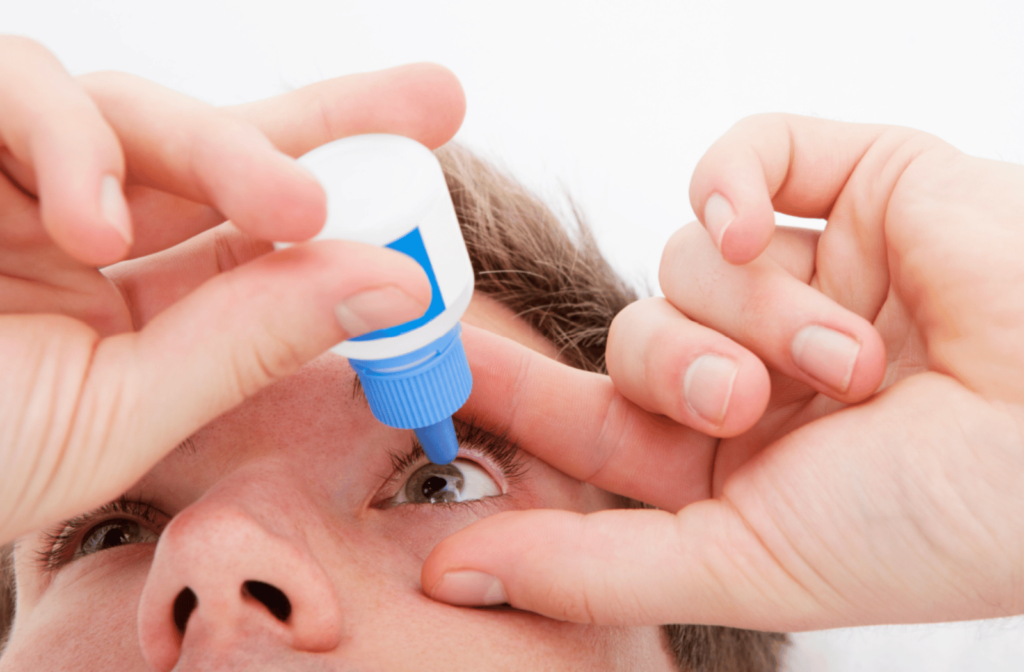If you notice that your child is having difficulty seeing distant objects, squinting, or complaining of headaches or eye strain, they may be suffering from myopia.
Myopia, also known as nearsightedness, is a common eye condition that can affect both children and adults. Myopia control methods, such as glasses, multifocal contact lenses, Ortho-K, and atropine drops, can help correct myopia and potentially slow its progression.
With proper treatment and regular eye check-ups, you can help your child take control of their eye health and potentially reduce the risks associated with untreated myopia.
What Is Myopia?
Myopia, also known as nearsightedness, is a common eye condition that affects millions of people worldwide. It occurs when the shape of the eye causes light to focus in front of, rather than on, the retina. As a result, distance vision is blurred but close vision is clear.
Myopia is usually diagnosed in childhood, and it can worsen during adolescence and early adulthood. It can also progress to a high degree in some cases, increasing the risk of eye diseases such as cataracts, glaucoma, and retinal detachment.
What Causes Myopia?
Myopia is believed to be influenced by both genetic and environmental factors.
Genetics
Myopia is more likely to develop in children if one or both parents have the condition. However, the precise genes involved in myopia are unknown.
Spending Time Outdoors
Spending time outside may help prevent the development of myopia by stimulating the eye’s natural ability to adjust its focus between near and far distances.
Excess Close-Up Work
Alternatively, spending less time outside and participating in activities that require close-up focus may also increase the risk of myopia development. Examples of close-up work include:
- Reading
- Writing
- Using electronic devices
These prolonged periods of close-up work may cause the eye to adapt to a constant near focus, leading to the development of myopia.

Myopia Control Methods
While myopia is irreversible, it’s manageable and controllable. Myopia control methods are available, including:
- Glasses
- Multifocal contact lenses
- Orthokeratology
- Atropine eye drops
Glasses
Glasses are the most common and simple method of correcting myopia. They function by refocusing light onto the retina, resulting in clear vision.
While glasses can’t cure myopia, they can improve vision and reduce eye strain significantly. Prescription glasses are available for people of all ages and can be tailored to your specific vision needs.
Multifocal Contact Lenses
Multifocal contact lenses are contact lenses with multiple prescriptions in each lens. This allows for clear vision at different distances, which may help slow myopia progression. Research suggests that multifocal contact lenses can be effective for myopia control in children.
These lenses require a fitting by an eye care professional and are available in soft and gas-permeable materials.
Orthokeratology
Orthokeratology, also known as Ortho-K, is a method of controlling myopia that involves wearing specialized contact lenses overnight. While you sleep, these lenses gently reshape the cornea, temporarily correcting myopia for your day.
Ortho-K lenses can be an effective option for people who want to avoid wearing glasses or contact lenses during the day. However, they require strict adherence to a cleaning and wearing schedule and may not be suitable for everyone.
Atropine Eye Drops
Atropine eye drops have been used for many years to dilate the pupil during eye exams. Research has shown that atropine drops can also be an effective option for myopia control.
The drops work by temporarily relaxing the focusing muscles in the eye, which may help prevent changes in eye shape that lead to myopia progression.
Atropine drops are typically prescribed in low concentrations (0.01% or 0.05%) and are applied to the affected eye once daily. While the drops may cause temporary blurriness and sensitivity to light, these effects usually go away after a few minutes.
What Happens If Myopia Is Left Untreated?
If left untreated, myopia can lead to several complications, including:
- Higher risk of developing eye diseases such as cataracts, glaucoma, and retinal detachment.
- Increased levels of blurred vision, eventually leading to severe vision impairment or, in some cases, blindness.
- Struggling with daily activities like driving and recognizing faces from a distance.
- A negative impact on a person’s ability to work, socialize, and enjoy activities.
Book an Eye Exam
Myopia is a common eye condition that, with proper treatment, can be effectively managed and controlled. Annual eye exams with your family optometrist are a great way to ensure your children’s vision is developing as it should.
Book an appointment with Doctors EyeCare Grande Prairie for a comprehensive check-up and to discuss treatment options for myopia.




